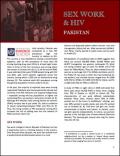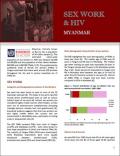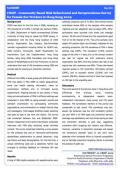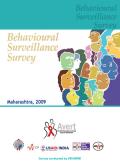Publications on Female Sex Workers (FSW)

Resource | Reviews and Snapshots,
Although the prevalence of HIV in the general population is low (0.2%) and is mainly concentrated among injecting drug users (IDUs) in Jakarta, West Java and Bali, the epidemic has now spread to other key populations at higher risk such as non‐injecting partners of IDUs, sex workers and their clients.
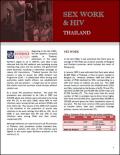
Resource | Reviews and Snapshots,
Beginning in the late 1980s, the HIV epidemic increased rapidly in Thailand, particularly in the upper Northern region. In 1990‐91, soon after it was observed that the HIV epidemic was spreading among injecting drug users and sex workers, the government acted decisively, launching a nationwide campaign to reduce HIV transmission.






